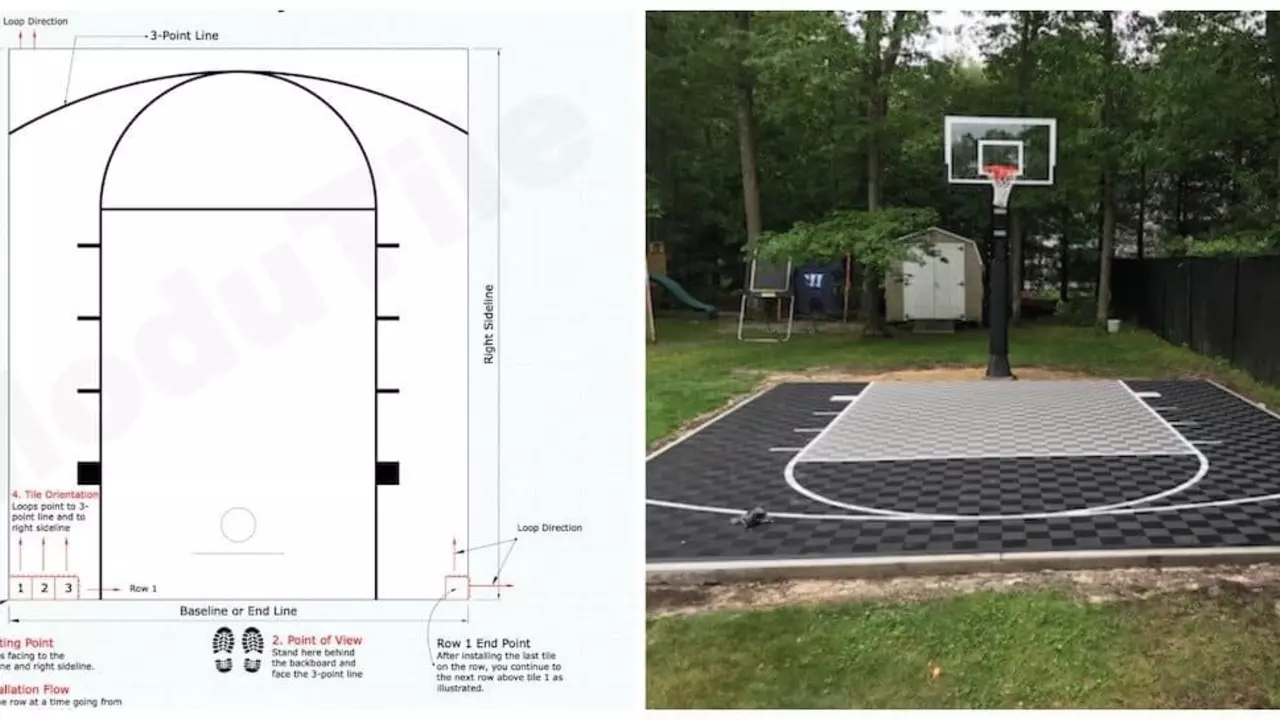Basketball Court Guide: Find, Use and Keep Your Court in Top Shape
If you love shooting hoops, the first thing you need is a decent court. Whether you’re after an indoor gym in Manchester or a community outdoor strip in Leeds, the basics stay the same – good surface, proper lines, and a safe environment. Below you’ll get quick ways to locate a court, what to look for, and how to keep it ready for your next game.
Where to Find a Court Near You
Start with local council websites. Most towns list the sports facilities they run, and many have free online booking tools. Universities also open their courts to the public during off‑hours, so a quick call to the sports department can unlock a high‑quality indoor floor. If you prefer a street‑side vibe, look for community parks that advertise a basketball hoop – these are usually free and open 24/7.
Another easy trick is to use the UK Rebels Basketball app or Facebook group. Members often share hidden gems, like a refurbished court behind a leisure centre that isn’t listed anywhere else. Joining a local league can also guarantee a regular slot on a well‑maintained court, plus you get teammates who know the best places to play.
Choosing the Right Court for Your Game
Indoor courts give you control over lighting, temperature and surface quality. They’re perfect for skill work, shooting drills, and any game that can’t afford rain interruptions. Look for hardwood or high‑grade synthetic flooring – it offers consistent bounce and reduces ankle strain.
Outdoor courts are great for casual pick‑ups and bring a social vibe. The surface matters: concrete is cheap but can be harsh on joints, while asphalt with a proper paint line system offers a smoother feel. Check the hoop height – the official 10‑foot rim should be standard, but some community courts lower it for younger players.Safety is key. Make sure the surrounding area is clear of obstacles, the backboard is intact, and the net is securely attached. Good lighting is a must if you plan to play after dark; a flickering pole is a sign to move on.
When you finally step onto a court, test the bounce by dribbling a few times. The ball should rebound quickly without wobbling. If the surface feels uneven or the paint is peeling, note it – you might want to suggest a quick fix to the facility manager.
Maintenance doesn’t have to be a chore. For indoor courts, a quick mop after each session keeps dust from building up and preserves the finish. Outdoor courts benefit from a regular sweep and occasional pressure wash to clear leaves and debris. If you spot a crack, report it right away; most councils repair within a week.
Finally, respect the space. Arrive on time for booked slots, keep the ball and equipment clean, and leave the area as you found it. A well‑kept court stays inviting for everyone, and you’ll likely see more people willing to share it.
So whether you’re planning a weekend 3‑on‑3, a training session, or just a quick dunk, start with these simple steps. Find a court, check the basics, and keep it tidy – you’ll be playing better, faster and safer in no time.
How long is a basketball court?
In the realm of basketball, a crucial aspect is the size of the court itself. The standard length of a professional basketball court, such as those in the NBA, is 94 feet long. In contrast, high school courts are a bit smaller, typically measuring 84 feet in length. It's interesting how the size impacts the game dynamics, with more space for professional players to maneuver and strategize. So, whether you're a player or a fan, understanding the court's length can offer new insights into this beloved sport.
read more
